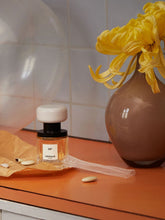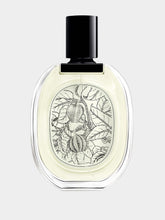Comporta: A (not so) well-kept secret
Wherever you go in Alcácer do Sal, it’s easy to find somebody who’ll say they’ve had an encounter with a light. A serene, very bright light that accompanies people on their journeys at night. The legend varies from municipality to municipality, but here it’s called the Caniceira light, a kind of will-o’-the-wisp that has been exciting imaginations for decades. Where there’s smoke, there’s fire, and the legends tell of a story, adding spice to a mystery, after all life without mystery is nothing. This is the surreal reality that clips your wings and keeps your feet on the ground, but let's see: in Comporta, people always have their feet in the sand and their head in the sky, filled with stars as far as the eye can see at night and a blue that touches the sea during the day. It's a place where everything and anything can happen, where magic emerges as mobile phone signals disappear. And if there’s one thing this land has, it’s a light that envelops you – why else would everybody be tempted to move here?






















































































